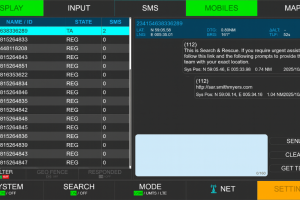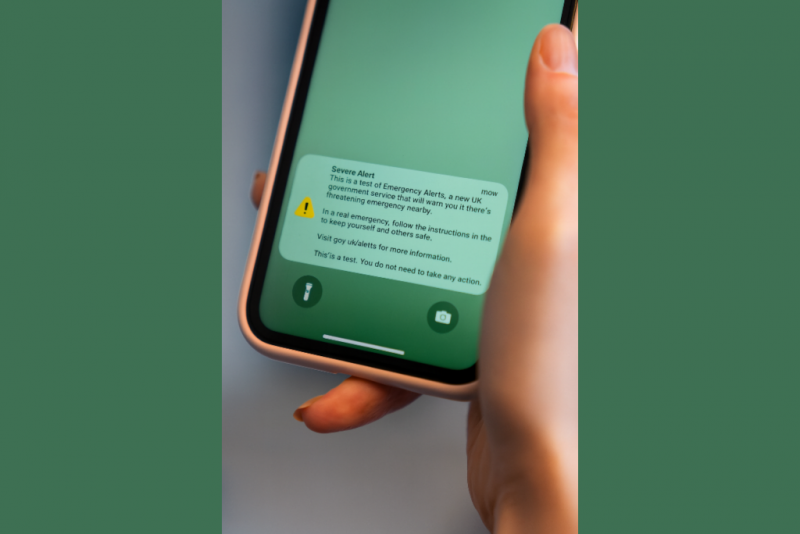Smith Myers unveils new SARLOC and stand-alone PublicWarning capabilities for ARTEMIS MPDLS
Cologne, Germany – 17 November 2025 – Smith Myers, the multi-award-winning UK cellular technology company, will showcase two major enhancements to its ARTEMIS Mobile Phone Detection & Location System(MPDLS) at European Rotors 2025 in Cologne: the integration of a Stand-Alone Public Warning System (PWS) and an enhanced SARLOC feature. Together, these innovations strengthen ARTEMIS as a comprehensive solution for search and rescue (SAR) and disaster response operations worldwide, supporting operational effectiveness of ground and air-based (crewed and uncrewed) assets.
Stand-Alone Public Warning System (PWS)
The new Stand-Alone Public Warning System enables emergency alerts to be broadcast directly to mobile phones — even in the absence of network connectivity — ensuring that critical, life-saving messages reach affected populations in disaster zones and high-risk environments.
“This new capability transforms ARTEMIS from a detection and location tool into a full-spectrum emergency communications platform,” said Andrew Munro, Managing Director of Smith Myers. “In situations where infrastructure is compromised, ARTEMIS ensures that critical alerts still reach those who need them most.”
Key features include:
- Cell Broadcast delivery to mobile devices without dependence on network coverage
- Message content incorporating hazard type, geographic scope, urgency level, and safety instructions
- Fully stand-alone operation — no reliance on Mobile Network Operators
- Compatibility with global PWS protocols, including WEA (Wireless Emergency Alerts) and Emergency Alert Australia
Public warning broadcasts provide instantaneous, reliable alerts that bypass network congestion and can reach both residents and transient populations such as tourists. The system operates without the need for personal data (e.g., phone numbers), offering a privacy-preserving and scalable solution for public safety agencies. The technology also reduces operational costs compared to traditional mass text messaging and can extend to other civic information services.
Enhanced SARLOC Feature
Also being showcased is the upgraded SARLOC capability within ARTEMIS MPDLS, designed to enhance two-way interaction with individuals in distress. SARLOC enables operators to selectively contact registered mobile phones in the coverage area, asking if assistance is required and whether users consent to share their location with first responders.
Each selected phone receives an SMS message containing a secure link to a website hosted on the ARTEMIS system. Upon clicking the link, recipients can opt to share their GPS coordinates directly with the SAR team. Once consent is given, the smartphone activates its GPS and securely transmits updated coordinates to ARTEMIS every 30 seconds, providing real-time positional data to aircraft or command centres.
“Imagine a natural disaster—such as a flood, earthquake, or wildfire—where all mobile devices within a specific geofenced zone receive this message,” added Munro. “Only those who need help respond. With the SARLOC feature, individuals on the ground can share their precise location directly with search-and-rescue teams, entirely under their control. The net result being speedier, more reliable and safer operations for persons in distress and first responders.”


Photo courtesy Smith Myers




